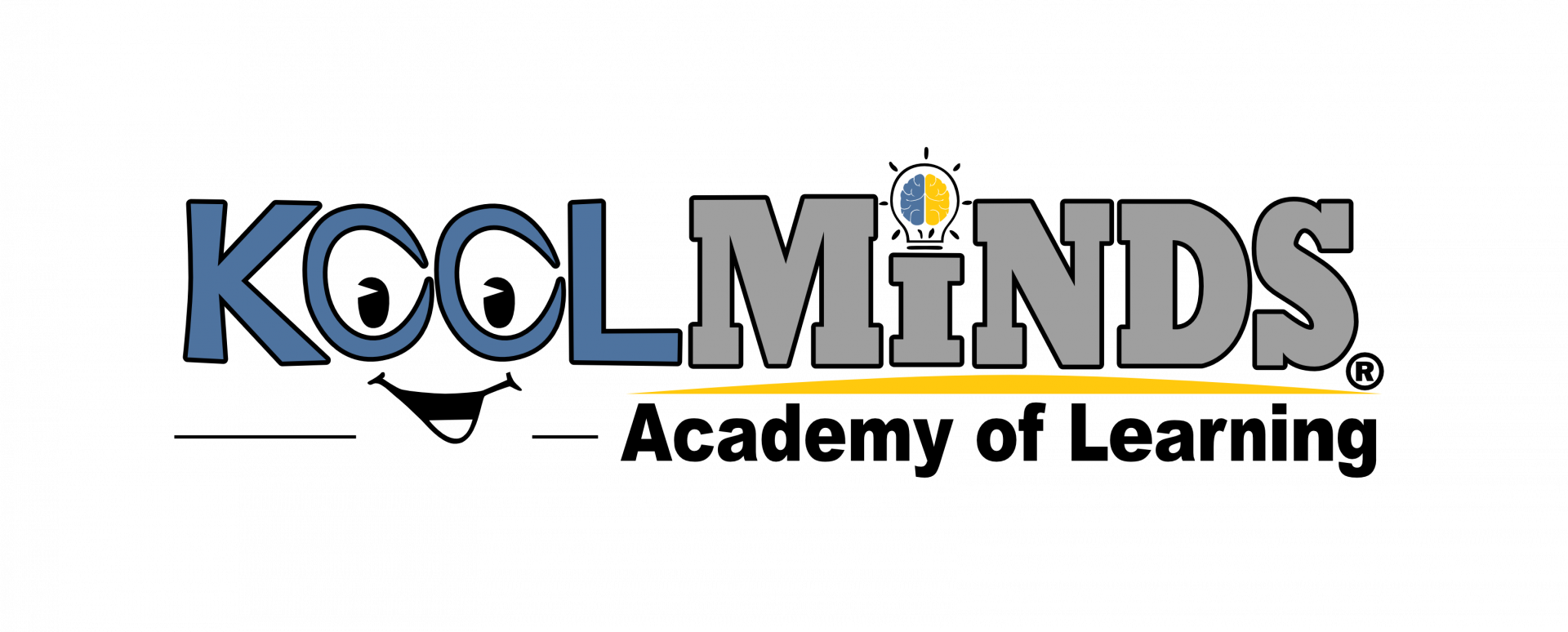Eyes on the Prize
Mar 1
/
KoolMinds International
Tracking is a tricky word these days. It can mean so many things - from tracking progress in school, the spacing between words, tracking user analytics and data, the alignment of wheels on a vehicle... the list goes on.
One of the 10 Key Cognitive Functions we focus on here at KoolMinds is tracking but it means something different in the world of cognitive skills. In this respect, it is the ability for the mind and eyes to gather all necessary pieces of information.
One of the major visual skills needed to perform the act of reading is the ability of the eyes to track. During the act of reading, the eyes must accurately follow the lines of the text and move precisely from one word to the next. There should also be an ability to track across the midline of the eyes and with smooth pursuit of the object. Visual tracking requires several skills in order to efficiently occur. These include oculomotor control abilities, including visual fixation, saccadic eye movement, smooth pursuit eye movements, along with convergence, and visual spatial attention.
One of the 10 Key Cognitive Functions we focus on here at KoolMinds is tracking but it means something different in the world of cognitive skills. In this respect, it is the ability for the mind and eyes to gather all necessary pieces of information.
One of the major visual skills needed to perform the act of reading is the ability of the eyes to track. During the act of reading, the eyes must accurately follow the lines of the text and move precisely from one word to the next. There should also be an ability to track across the midline of the eyes and with smooth pursuit of the object. Visual tracking requires several skills in order to efficiently occur. These include oculomotor control abilities, including visual fixation, saccadic eye movement, smooth pursuit eye movements, along with convergence, and visual spatial attention.
Think of it like trains on a track. We know trains run in a straight smooth line, sometimes curving but always easy to follow. This allows them to get from point A to point B more efficiently (some more efficiently than others), but imagine if the train track was fragmented, or in pieces. Maybe one piece on the left, another on the right, and another perpendicular out of sight, and you can't move to the next one until you're completely finished on this piece. Sounds confusing, right? The train conductor would not only be very unsure where to go, but he would never get anywhere because there wasn't a clear path. Now imagine all those fragments are words on a page and you're trying to make sense of them. That's tracking, or a lack thereof.

This disconnection is something we commonly see in our students. In a simple test where we ask them to move their eyes left to right, back and forth, focusing on an object we often see their eyes dart all around and a clear struggle to stay within the confines of the assessment. We also see students whose eyes move incredibly fast which sounds like a good thing but that's also a good way to miss a lot of key points, like how a word is spelled or context clues. In turn, tracking issues can lead to other problems like poor visual memory or reading comprehension.
To help the students whose eyes move too quickly, we often use tracking exercises similar to the testing but within specific limits. This slows down their tracking processes and forces the student to be intentional and focused on where their eyes are going.
To help the students whose eyes move too quickly, we often use tracking exercises similar to the testing but within specific limits. This slows down their tracking processes and forces the student to be intentional and focused on where their eyes are going.

Are You Tracking?
An estimated 25% of students have an undetected vision problem that is affecting their academic performance.
The most common signs of eye tracking problems are:
The most common signs of eye tracking problems are:
-
Reading below grade level
-
Reduced attention span while reading
-
Confuses similar words
-
Frequently loses their place when reading, writing or copying
-
Writes words, numbers or letters in reverse
-
Omits or re-reads words or sentences
-
Poor reading comprehension
-
Rubs or squints their eyes while reading
-
Complains of words floating or moving on the page
-
Experiences eye strain or headaches while reading
While many students are legitimately suffering from ADHD, Dyslexia or other learning difficulties it is possible that there could be improvement with cognitive skills training, vision therapy or occupational therapy. In the meantime, there a few assistive items that can be helpful to your student. There are word frames, slide readers, trackers and reading guides that can all help your student keep their place while reading.
Write your awesome label here.
Write your awesome label here.
Write your awesome label here.
If you or your child struggle with visual tracking, contact KoolMinds today to find out how we can help!
Who We Are
Dedicated team of instructors, teachers, professionals, moms, dads, and communities looking to make a difference in these bright but struggling students.
Featured Links
Copyright © 2025
#1 This is a title
#2 This is a title
#3 This is a title
Thank you
for your interest!
A KoolMinds representative will be in touch soon.
If you'd like to speak to someone now,
please call 866.566.5637
Questions?
Call or Text Us Now
866-566-5637

